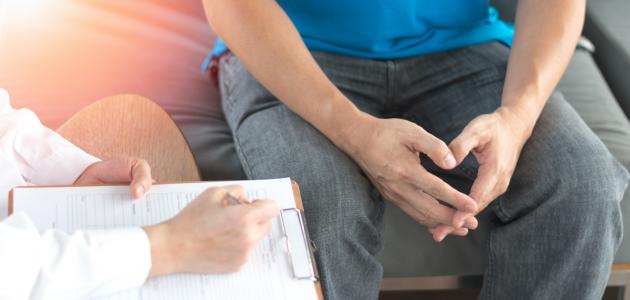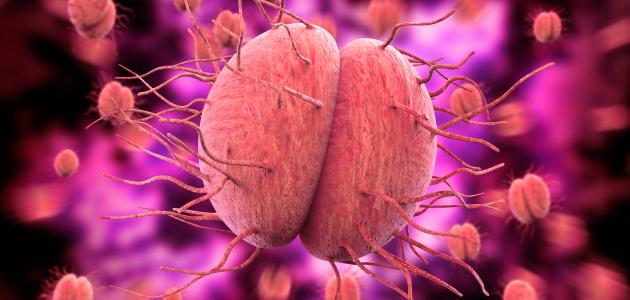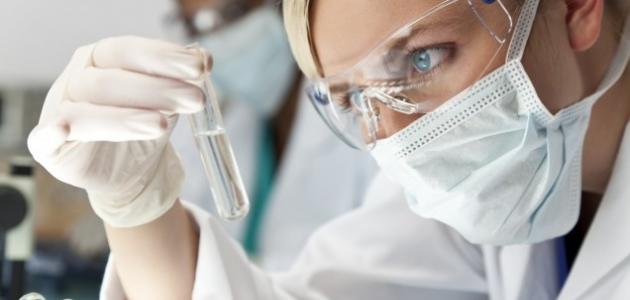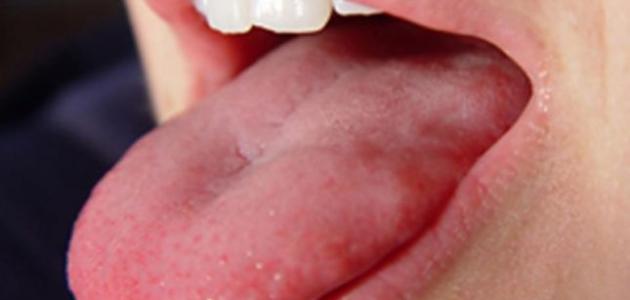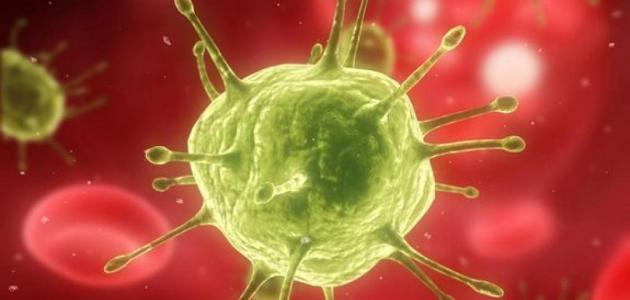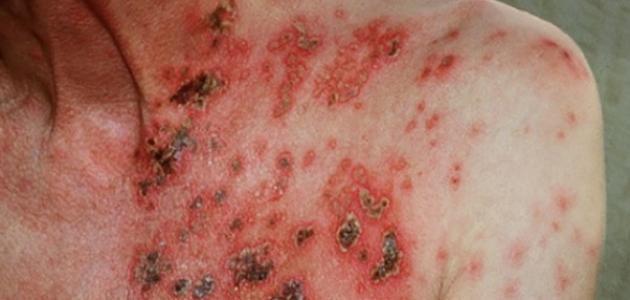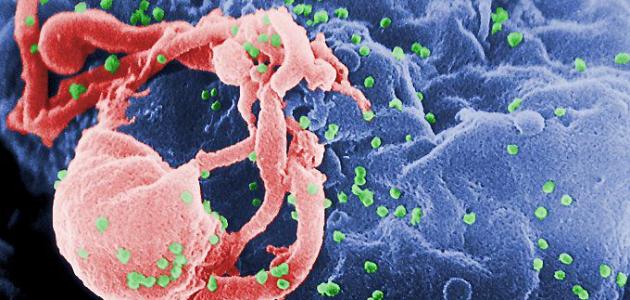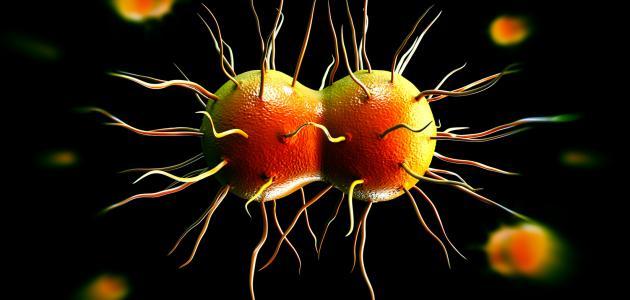Contents
How to diagnose a varicocele
Varicocele is usually defined as an abnormal expansion of the veins in the scrotum inside the testicles through which blood is transported, which extends from the abdominal cavity through the spermatic cord, and when a certain disorder or defect occurs or any pressure on these veins will result in the formation Varicocele, which causes the accumulation of blood around the testicle area, which affects the number and movement of sperm. Varicocele may cause infertility in men in most cases if not treated early, and varicose veins may affect adults and children alike, and the rate of varicocele infection is 15% -20% of men.
Diagnosis of varicocele
Varicocele is diagnosed through a clinical examination of the patient in most cases or through an ultrasound, in order to prove the presence of enlargement of the veins to be treated after that, and varicocele affects mostly the left testicle more than the right testicle by an estimated rate of 90%.
Causes of varicocele
- Congenital causes: Varicocele may occur due to weakness in the veins, spines and some tissues due to a birth defect.
- In some cases, an autopsy of the testicular veins may result in a disturbance in the return of blood, which causes a varicocele.
- It may be due to a malfunction or a problem in the vein valves, which causes a varicocele.
- It may be due to standing for long periods, which leads to a varicocele.
Symptoms of varicocele
Usually it does not have clear symptoms, but in most cases, varicocele is discovered by chance when certain tests are done, there may be many men who have varicocele and do not have knowledge of this and have the ability to conceive naturally, and some may be infertile due to Varicose veins, in most cases are associated with the following symptoms:
- Feeling of pain in the testicles, and when lying on the back the pain goes away.
- Note the occurrence of swelling and swelling in the scrotum.
- The patient may feel heaviness in the testicles.
